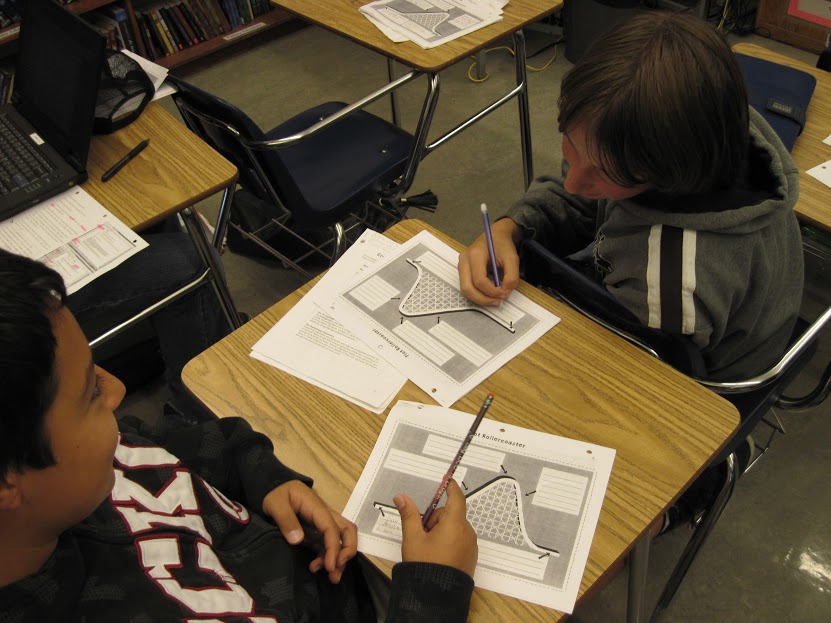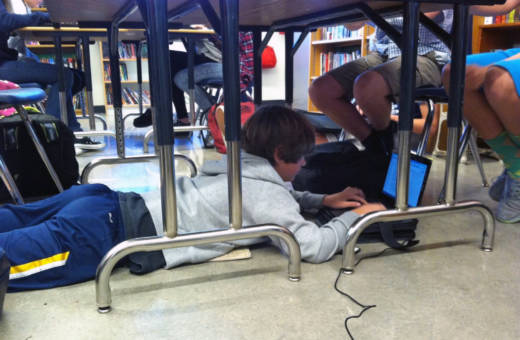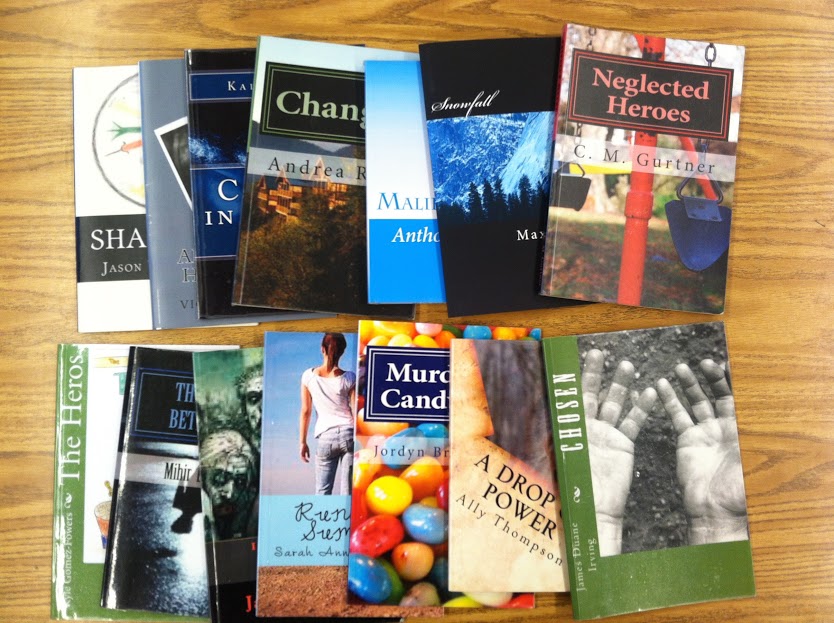Writing can be a challenge for anyone staring at a blank screen, faced with creating something from scratch. Making the leap to writing a novel can seem like a daunting task, but for English teacher Laura Bradley, assigning her students to write a novel every year is now part of how she teaches English to middle school students. The Young Writers Program at National Novel Writing Month (NaNoWriMo) has helped make that possible.
“This has been a huge game changer,” said Bradley, who teaches at Kenilworth Junior High School in Petaluma, California.
Students do the bulk of their writing in November, which is the designated month of NaNoWriMo, but Bradley sets them up for success by building in planning time beforehand. In preparation, students identify their novel’s genre, create characters, craft conflicts and outline the plot. Students are free to choose their topics and develop their main characters. They set a word count goal on the NaNoWriMo site to determine the length of their novel -- the range for the entire novel is between 10,000 to 25,000 words for Bradley's students.

When November 1st rolls around, students start writing. They use both class time and homework assignments to write their novels. Writing a novel isn't just an assignment for her students; Bradley writes a novel alongside her students and Kenilworth's principal has also participated. NaNoWriMo is a school-wide project for all students in the eighth grade and Bradley likes the project because it's a big, challenging goal that lets kids stretch their skills and engenders a deep sense of accomplishment.
“They have to make so many writerly decisions during NaNoWriMo that they develop very very quickly in their writing skills and in their confidence,” said Bradley in a Facebook Live interview with MindShift. “By midway through NaNoWriMo, they say things like, 'I have never written something so long before and I’m not even close to being halfway done with my novel.' So their confidence grows by leaps and bounds because they devote so much time to writing.”



